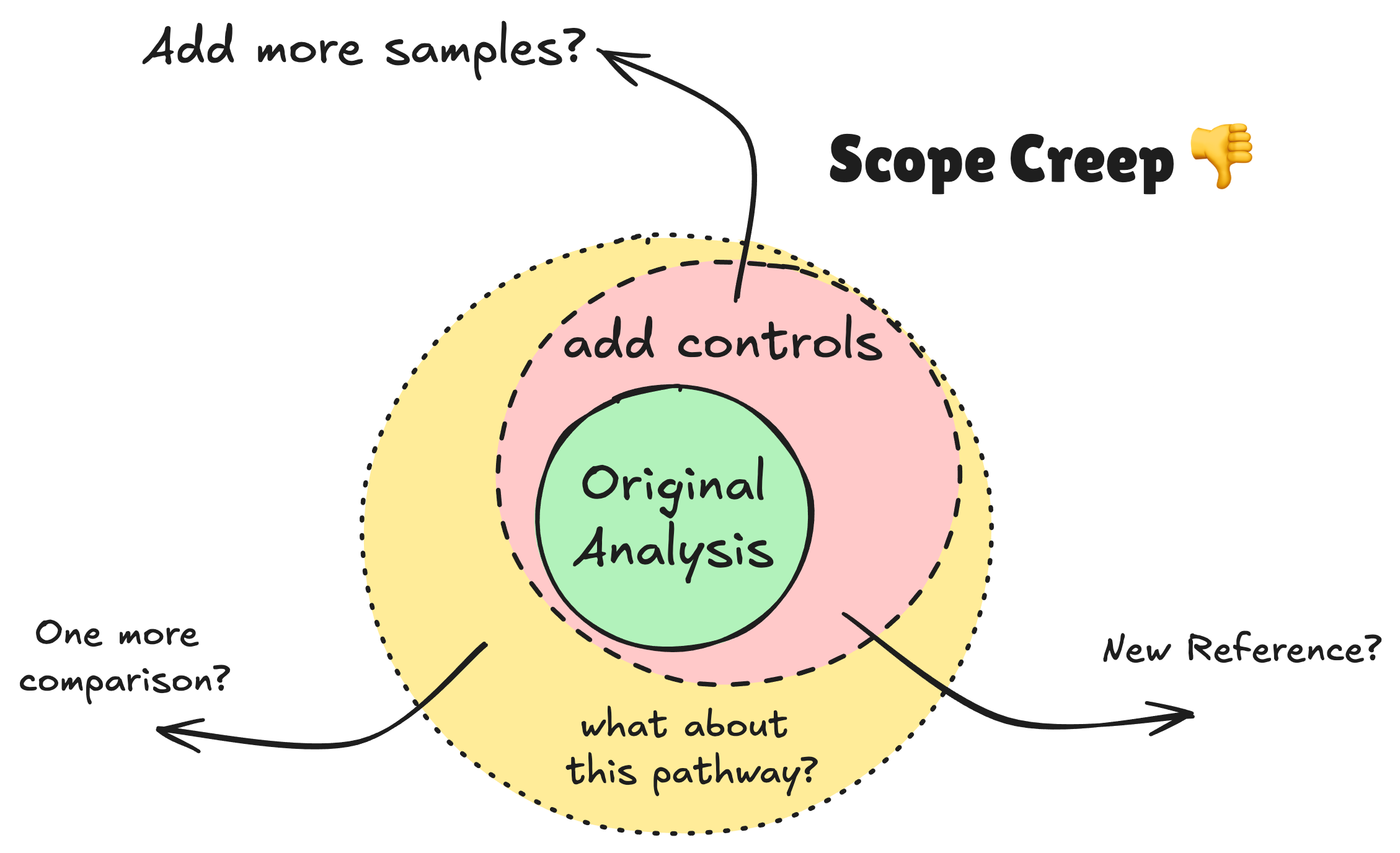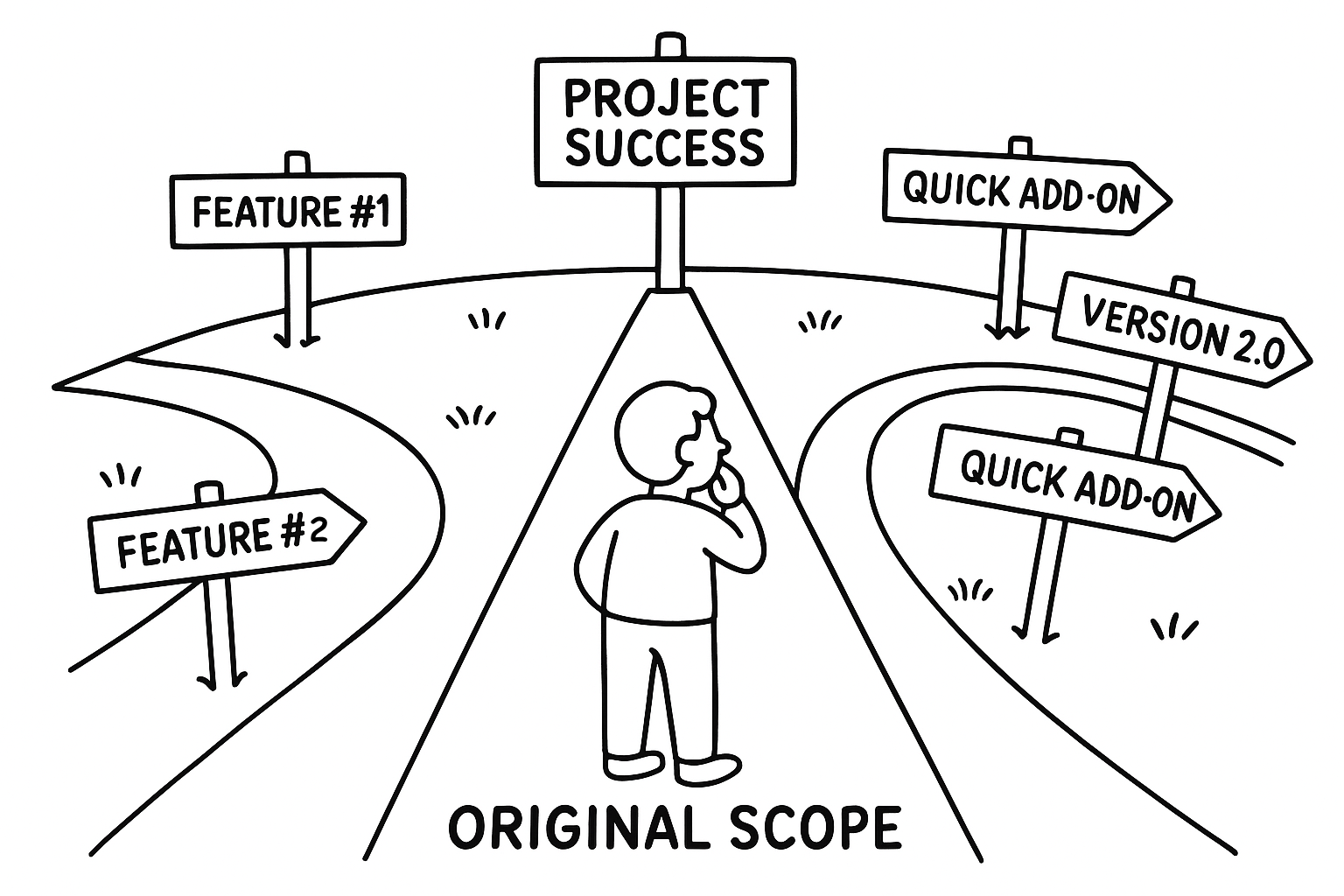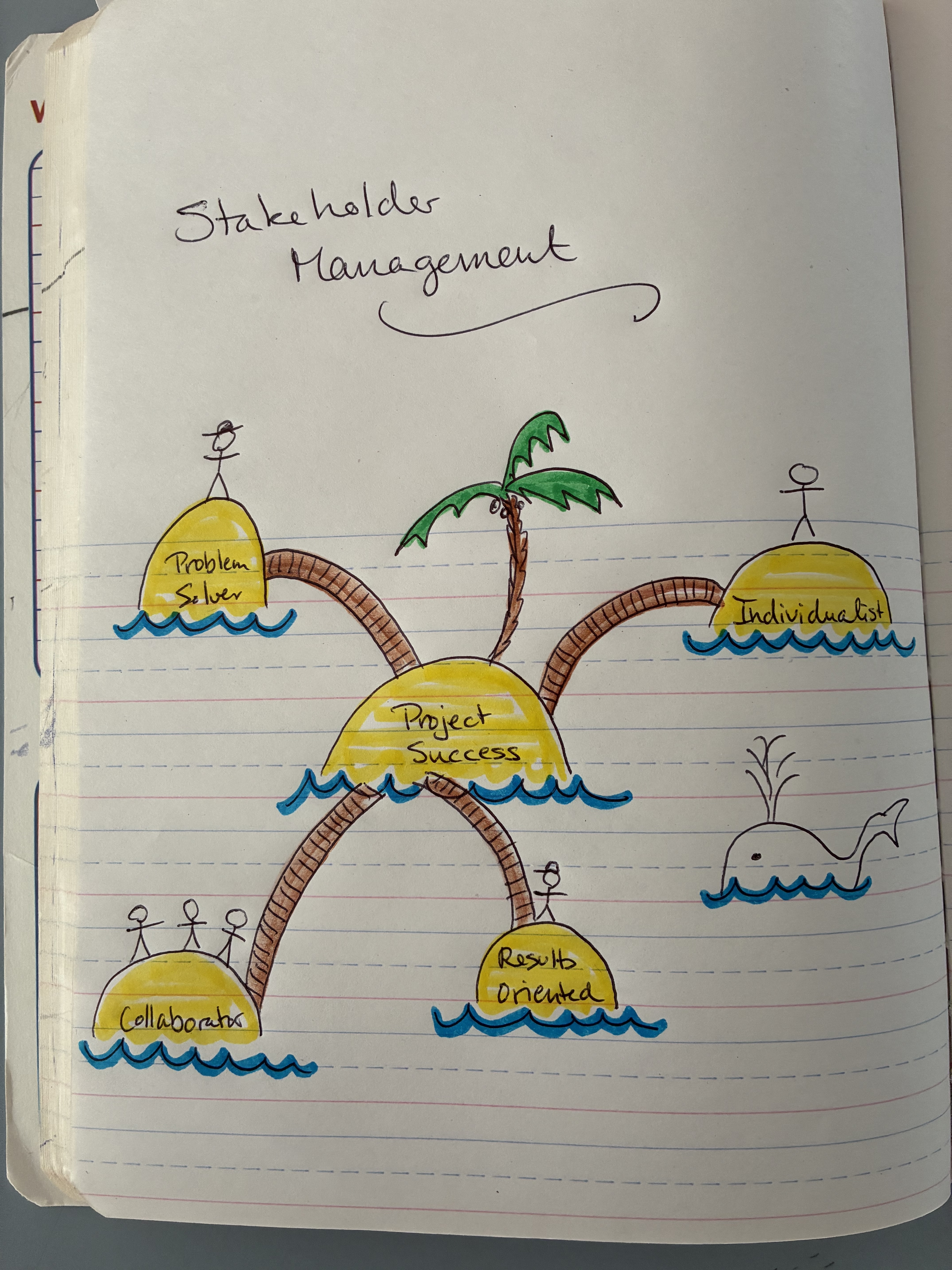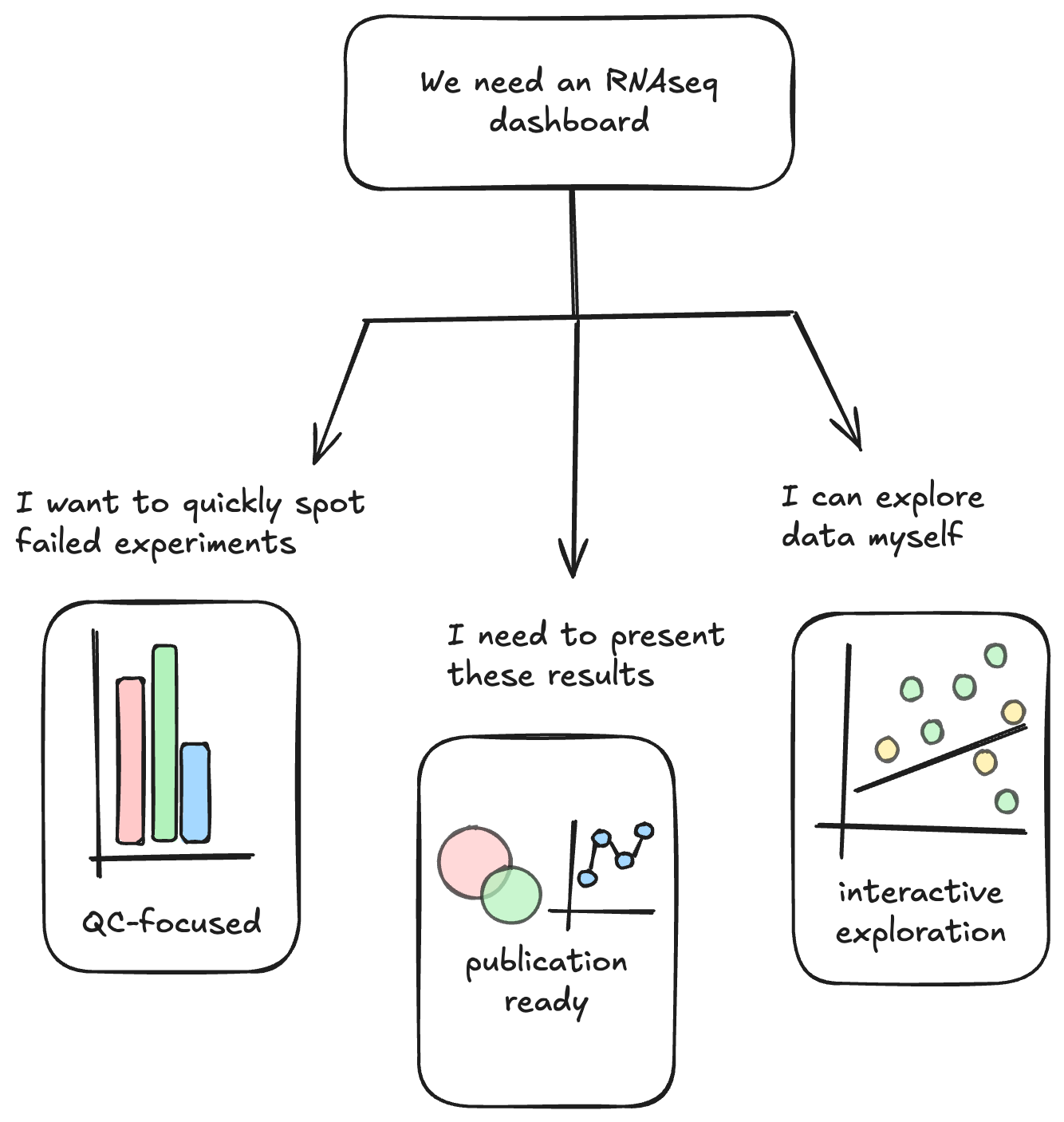· Lina L. Faller, Ph.D. · Quick Take · 2 min read
The Engineering Report That Never Gets Written
Software engineers routinely write project wrap-up reports. Bioinformaticians? Almost never.
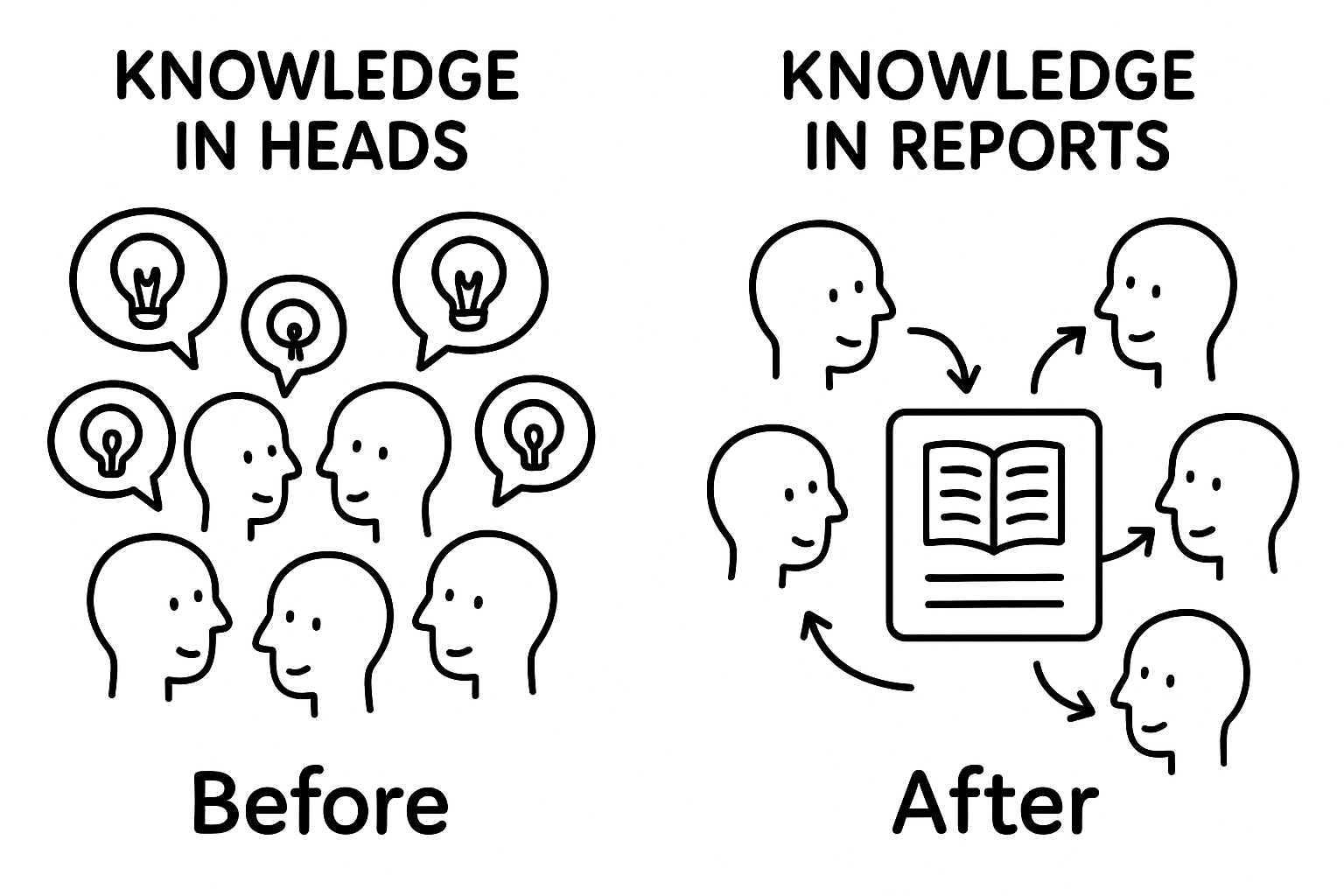
You just finished a three-month bioinformatics project. The analysis is done, results delivered, everyone moves on to the next urgent task.
But what about all the things you learned along the way?
Software engineers routinely write project wrap-up reports. Bioinformaticians? Almost never.
THE MISSING KNOWLEDGE:
- Which approaches worked (and which didn’t)
- What data quality issues you discovered
- Where you spent the most debugging time
- What you’d do differently knowing what you know now
All of that hard-won knowledge just… evaporates.
WHY WE DON’T DO IT: The honest reason? Time. Nobody wants to stop and document when there’s another analysis waiting. Leadership isn’t pushing for it.
THE BUSINESS CASE: Your company just invested weeks or months of your time on this project. What if the next person doing similar work could skip the dead-end approaches you already tried and build on your work instead of reinventing it?
Every repeated mistake is time stolen from innovation.
WHAT IT LOOKS LIKE: It doesn’t need to be formal. A Confluence page, slide deck, or simple document:
- Project overview and key technical decisions
- What worked vs. what didn’t
- Lessons learned and recommendations
- Useful resources discovered
MAKING IT HAPPEN:
- Build 2-3 hours of “project wrap-up” into every timeline
- Create a simple template
- Store reports where people can find them
- Make it part of project closure, not an afterthought
KEY INSIGHT: Engineering reports aren’t just documentation—they’re knowledge transfer tools. They help teams build on each other’s work instead of starting from scratch every time.
When people leave, does their knowledge walk out the door with them? What’s your experience with project documentation? Have you seen teams successfully capture and share learnings?


